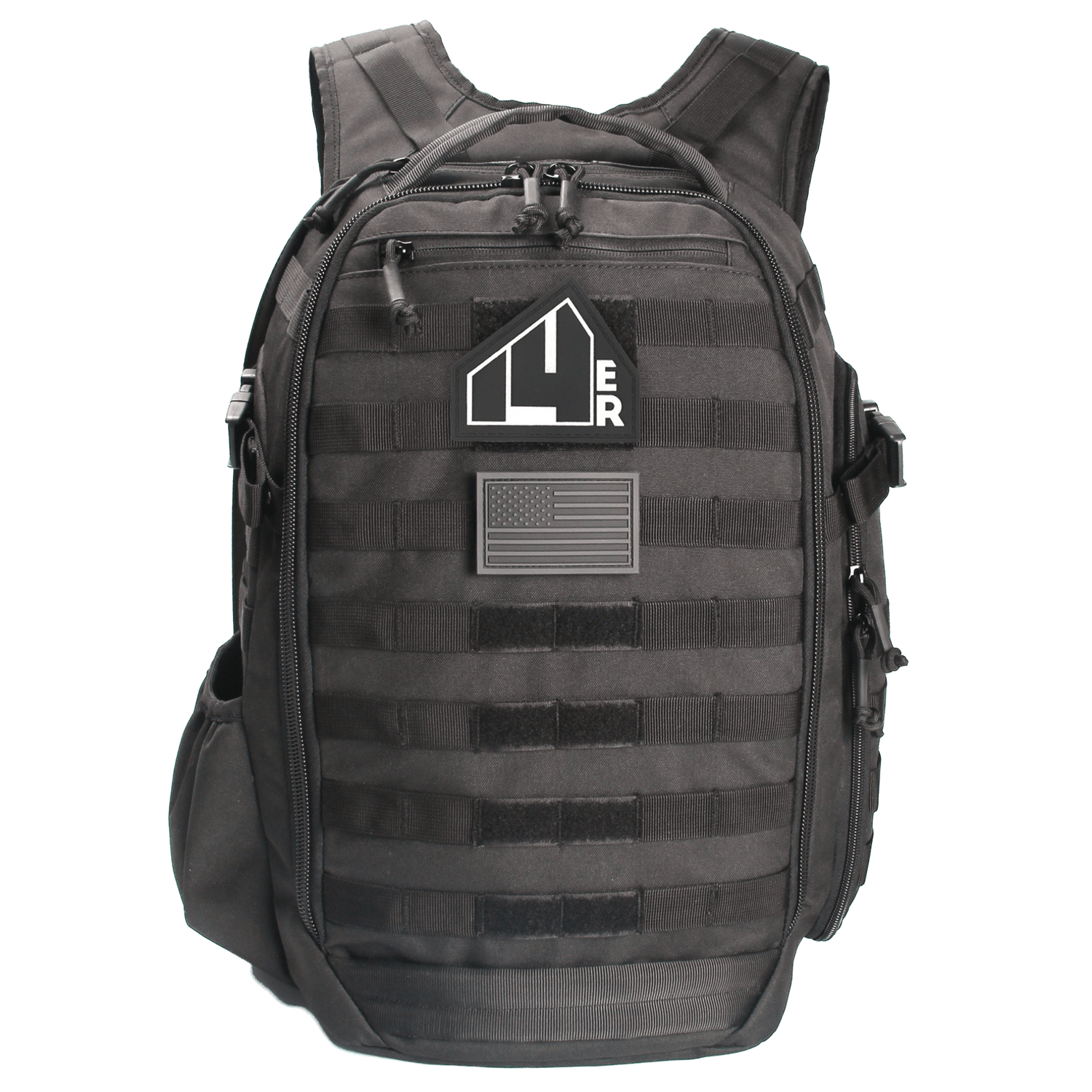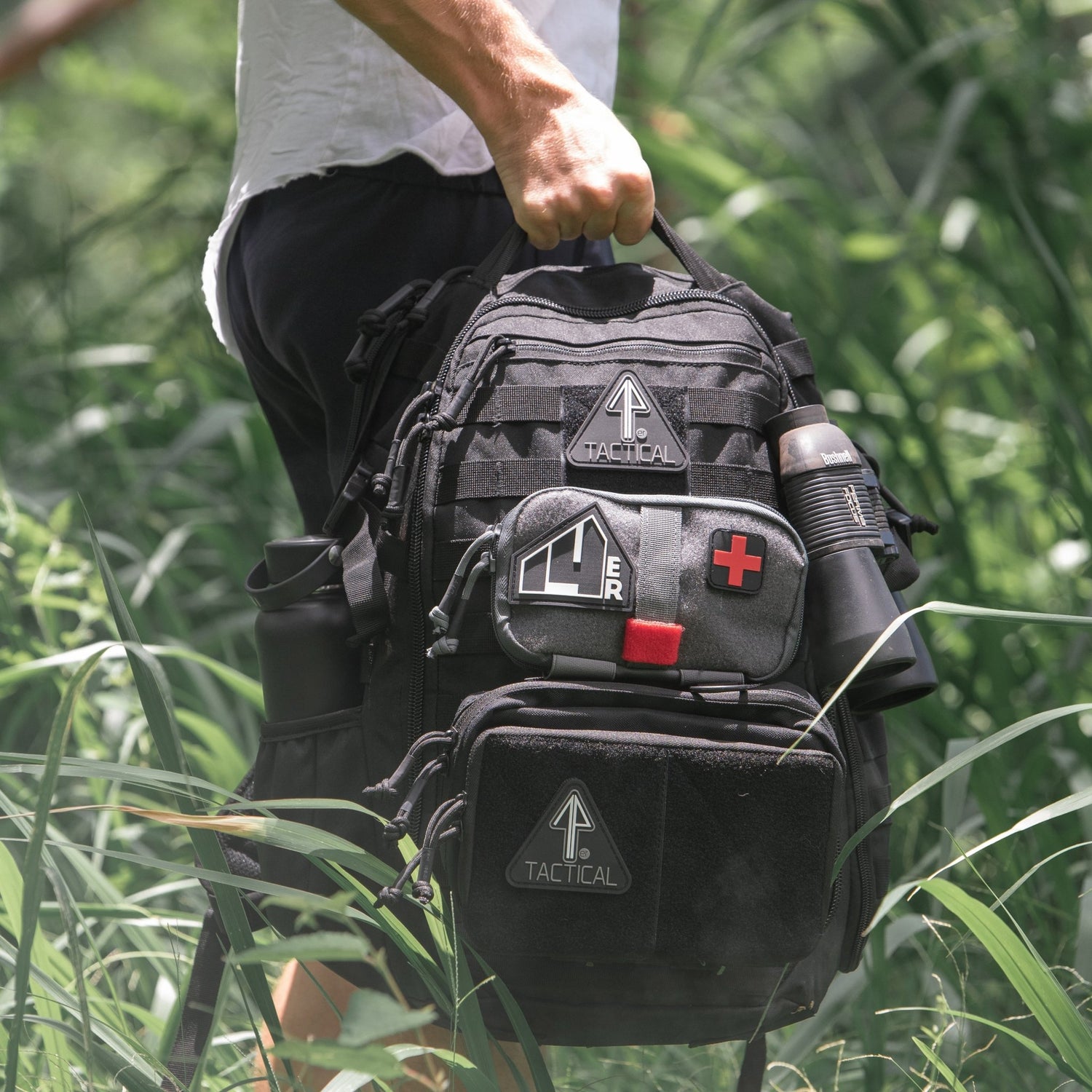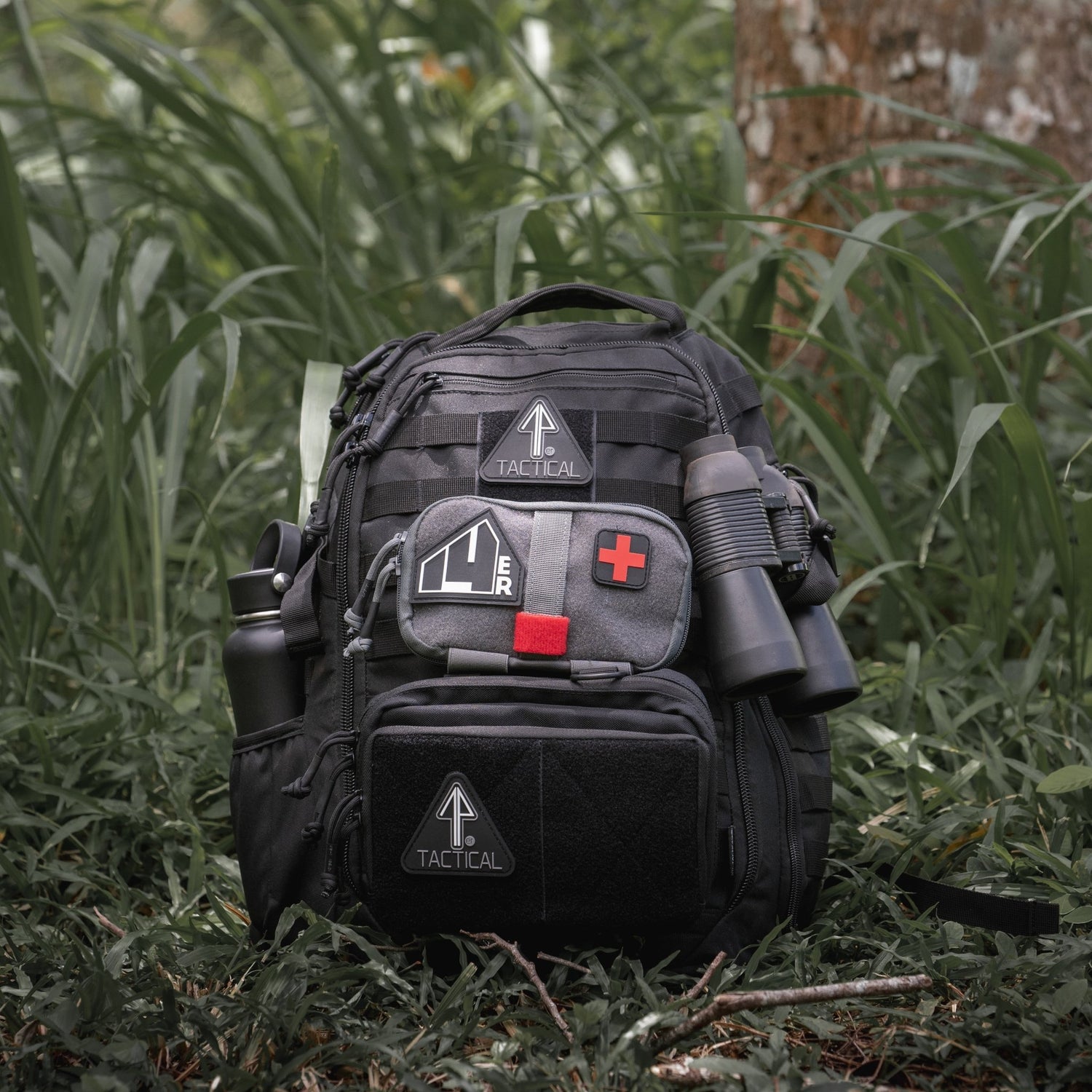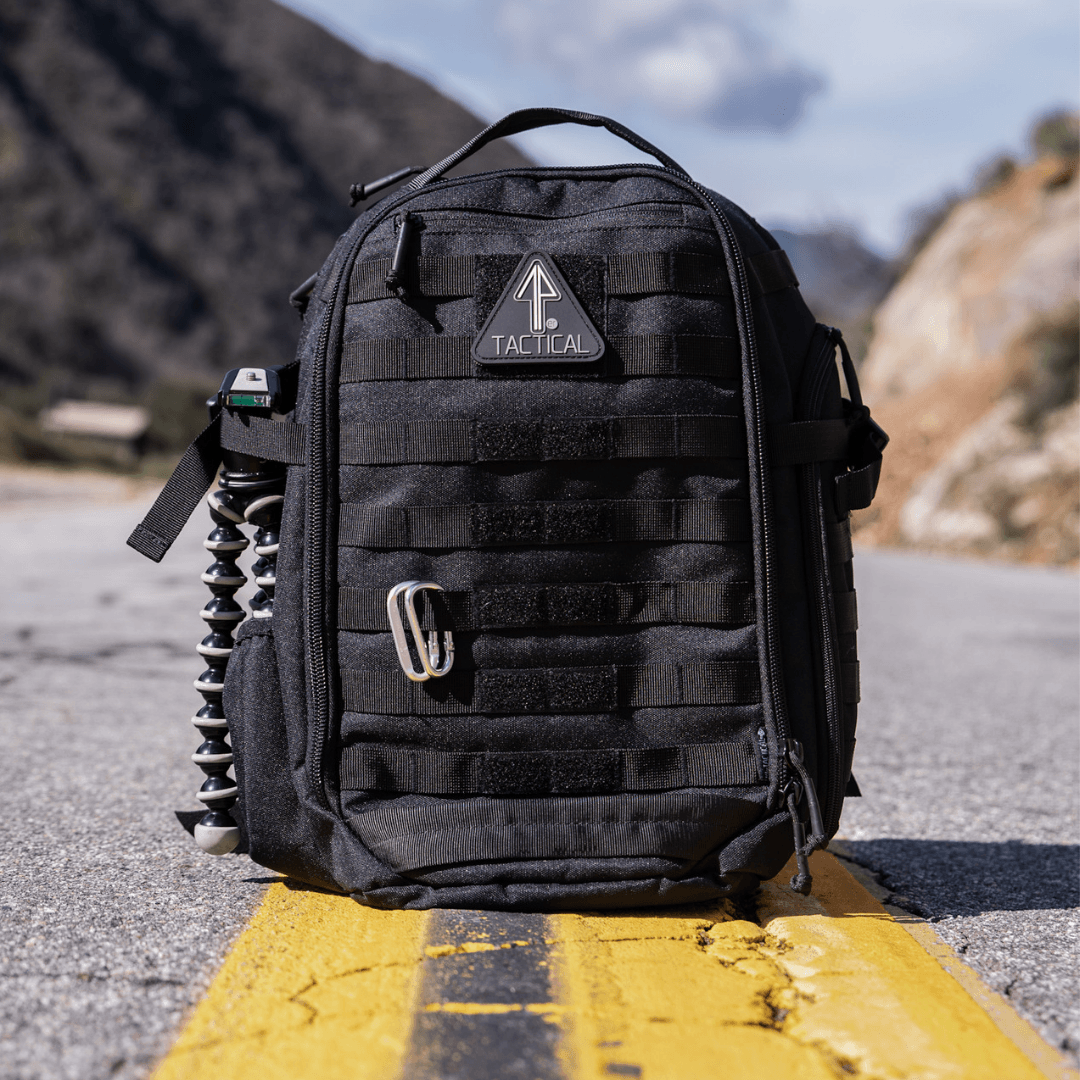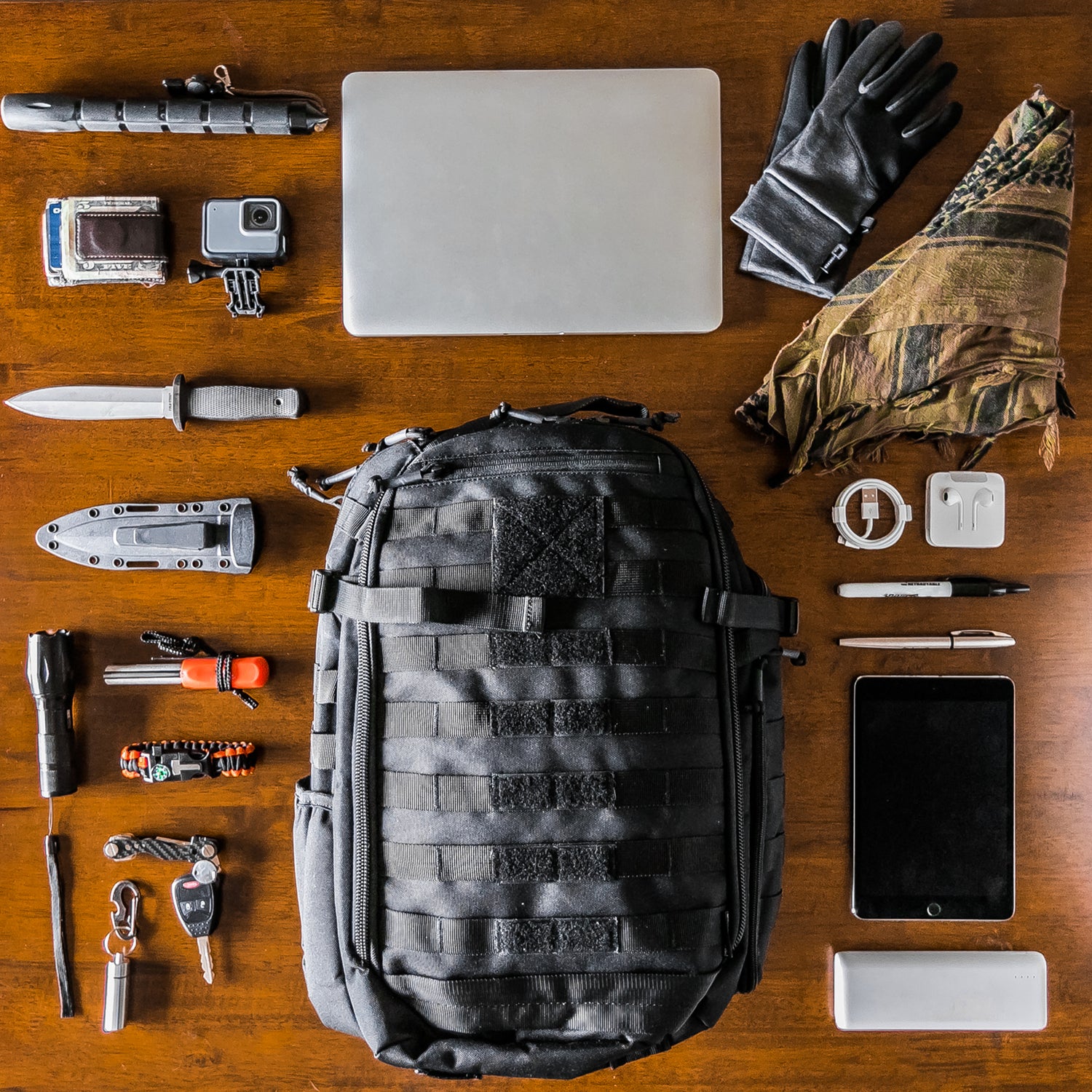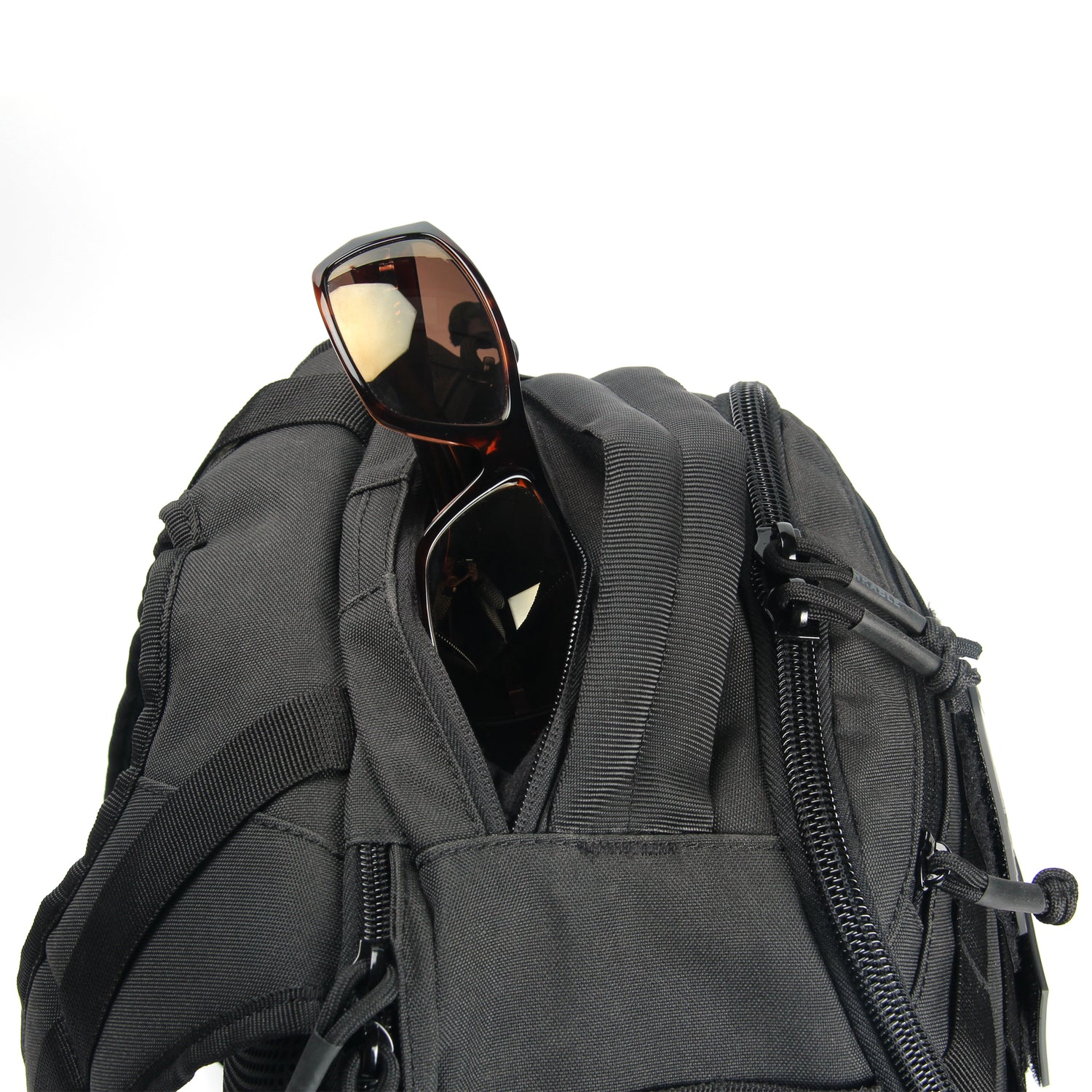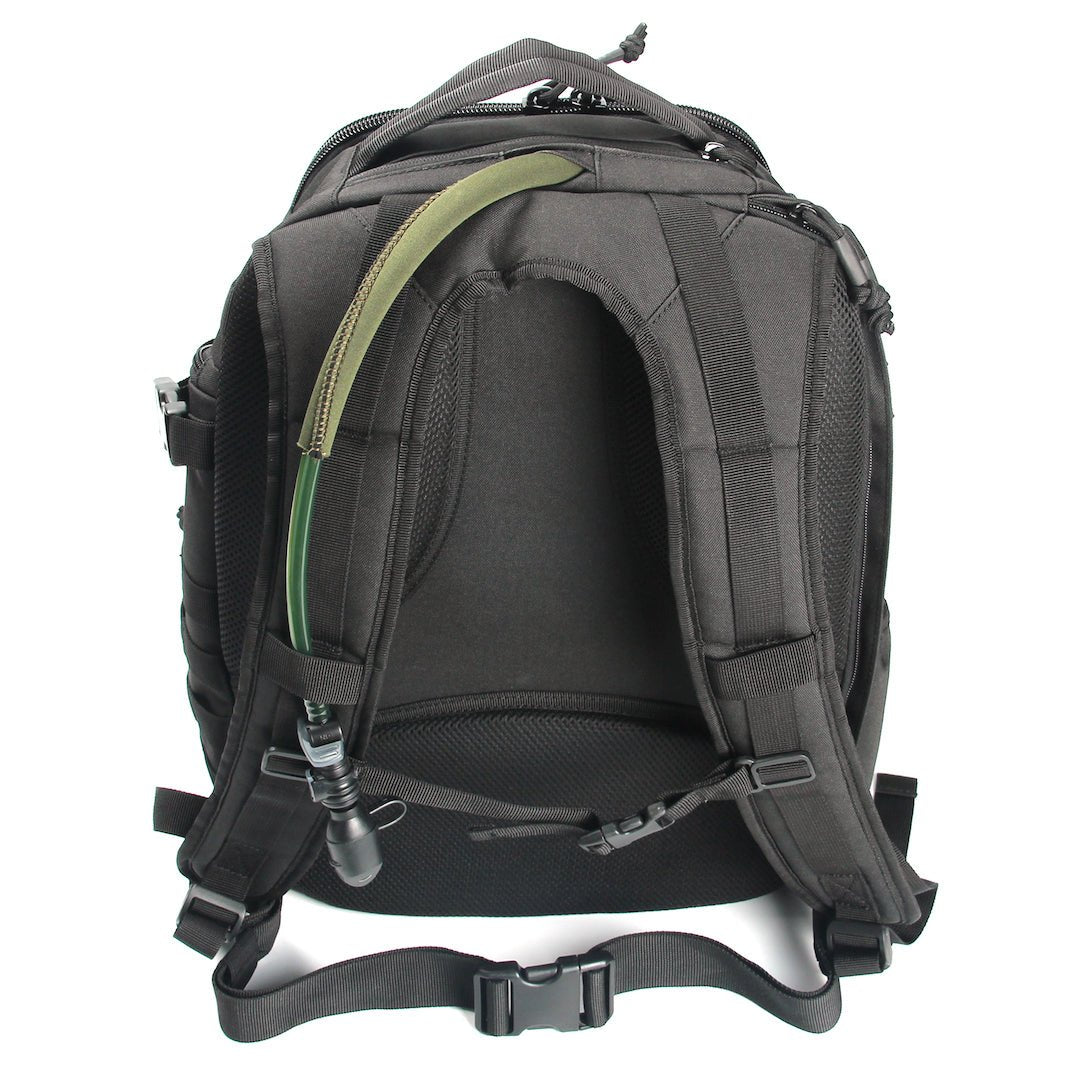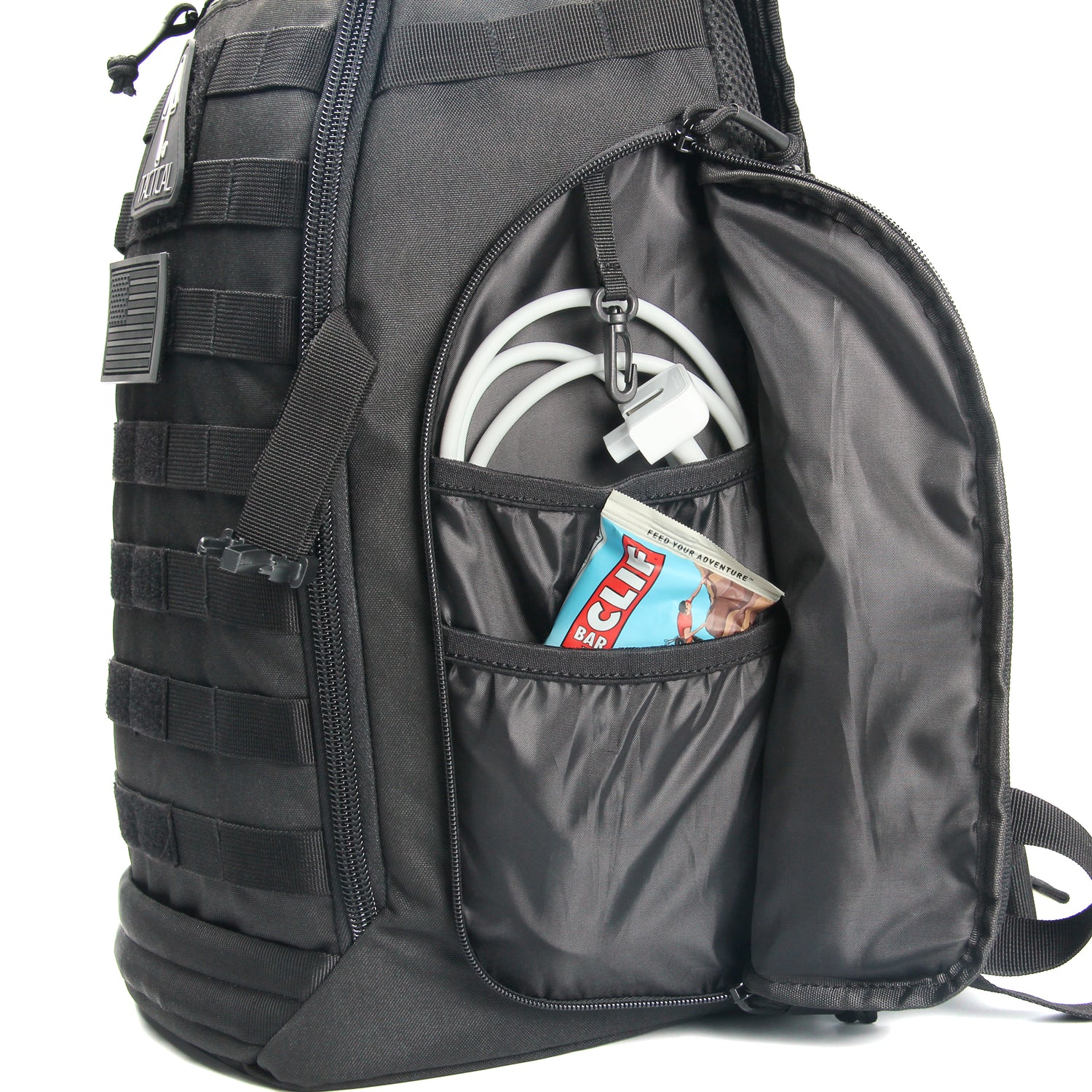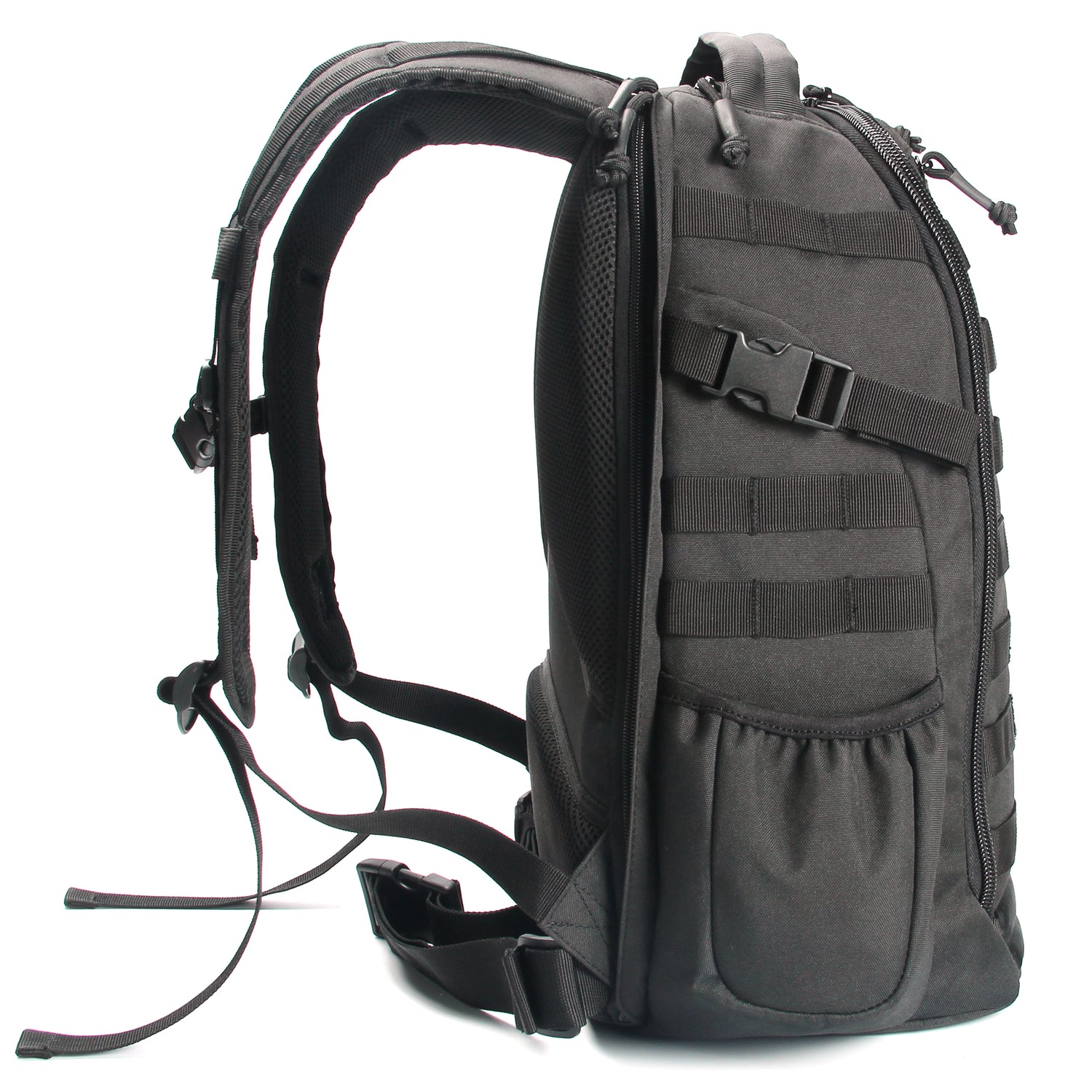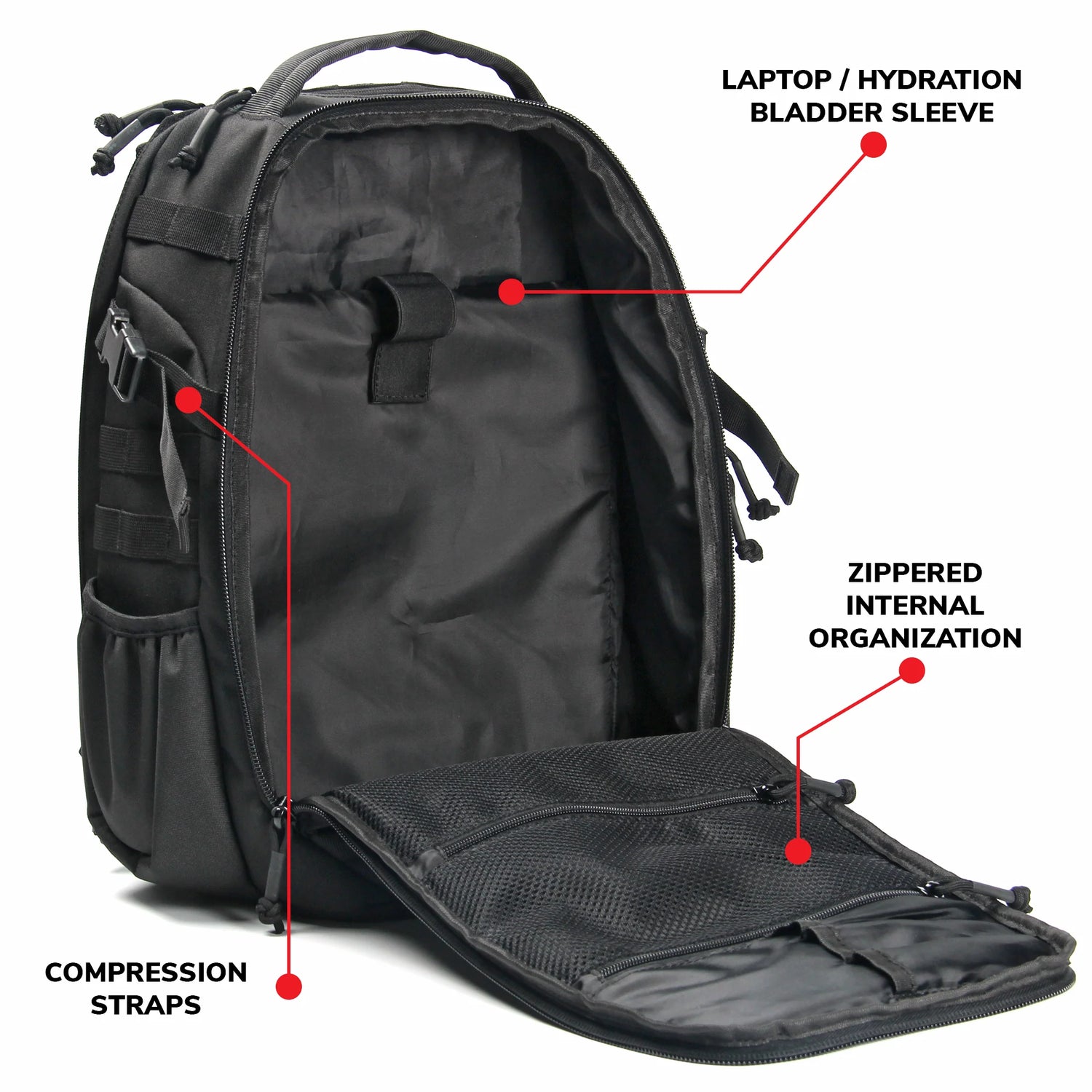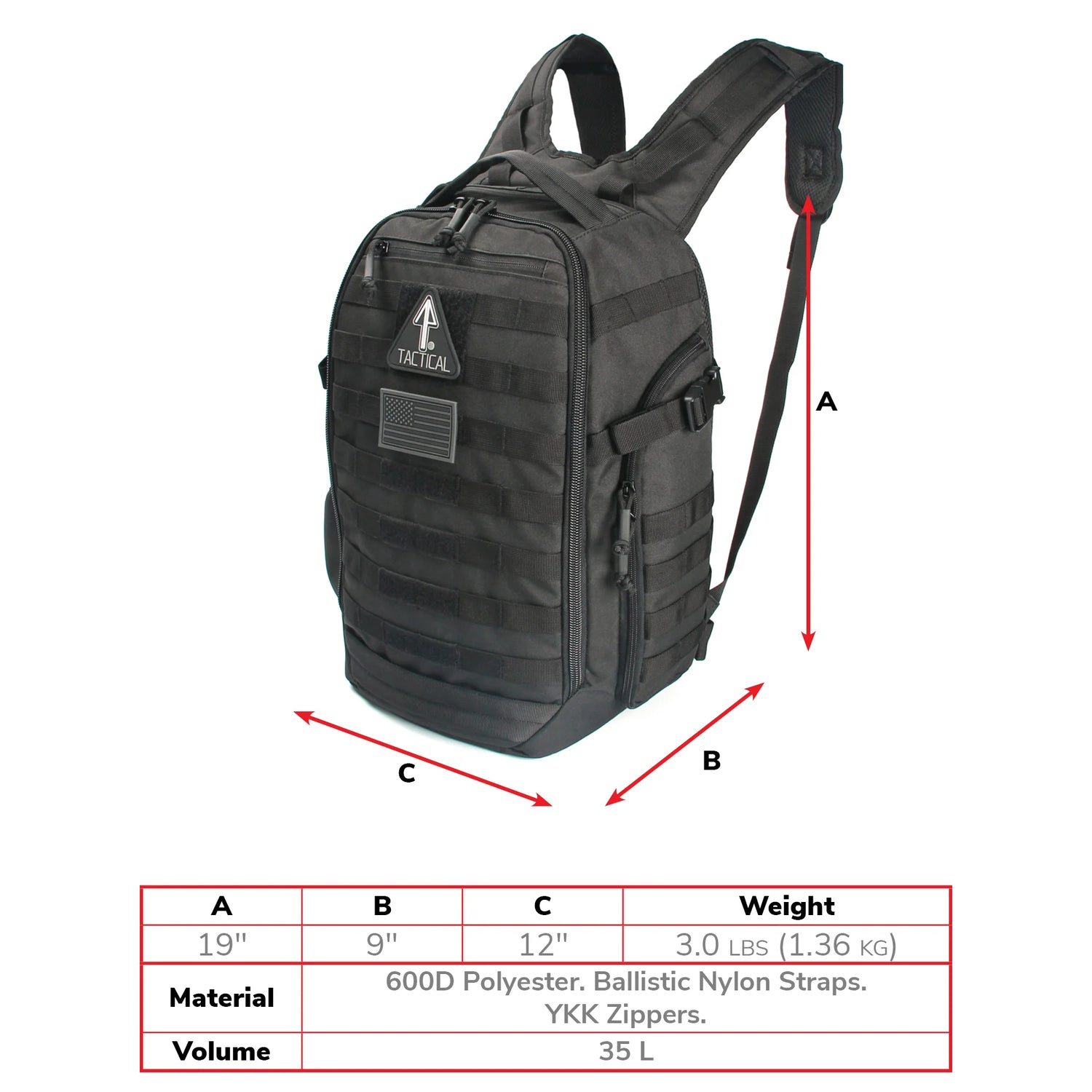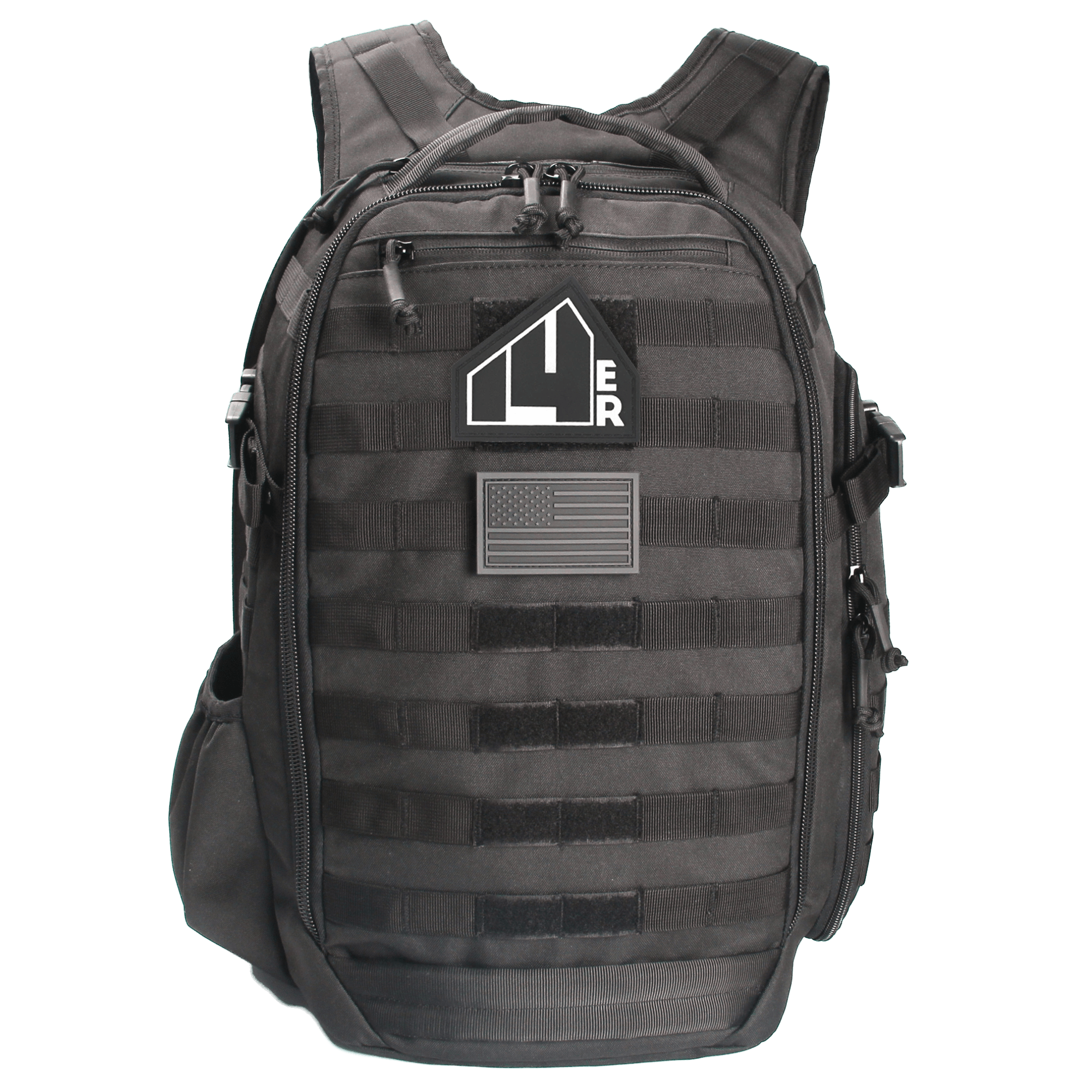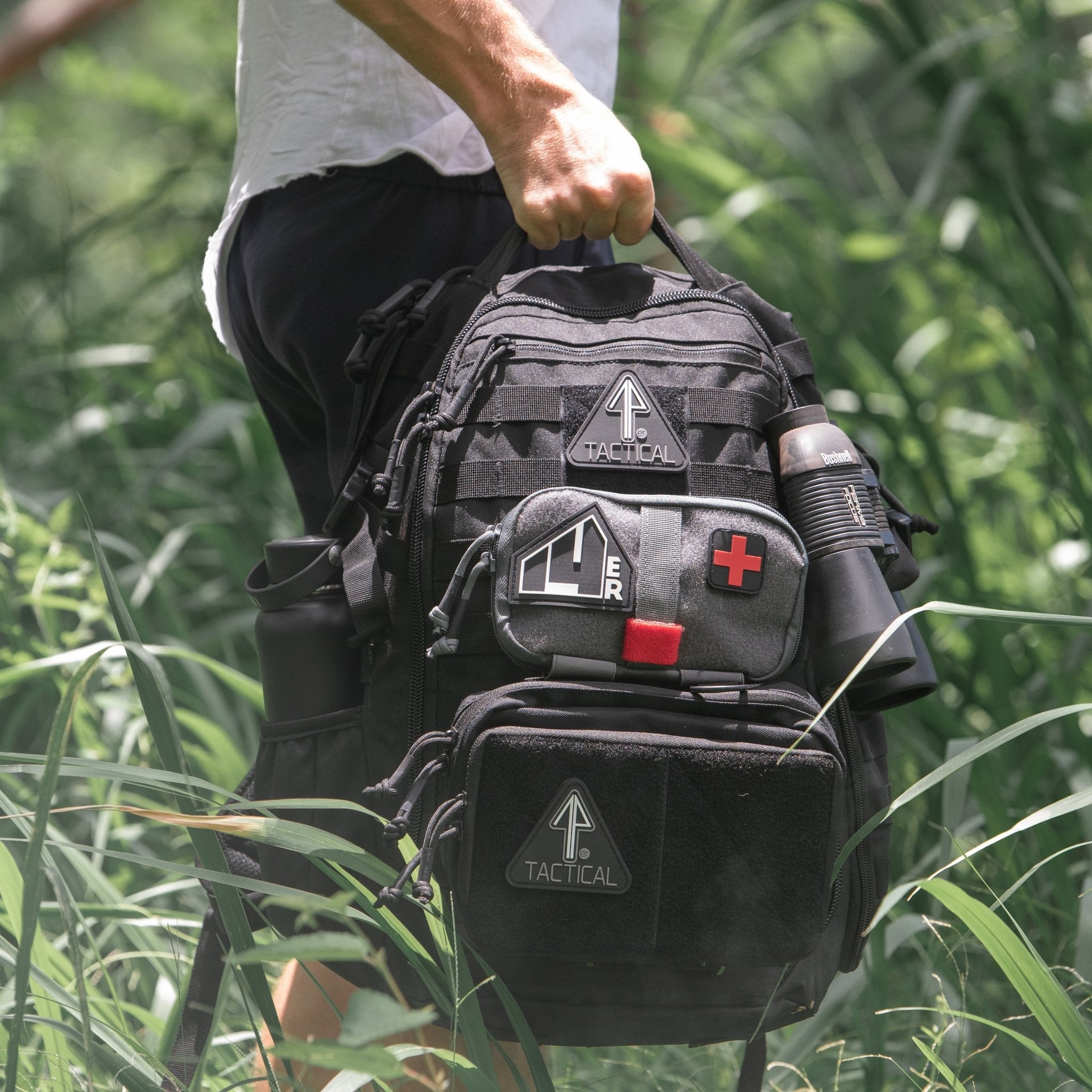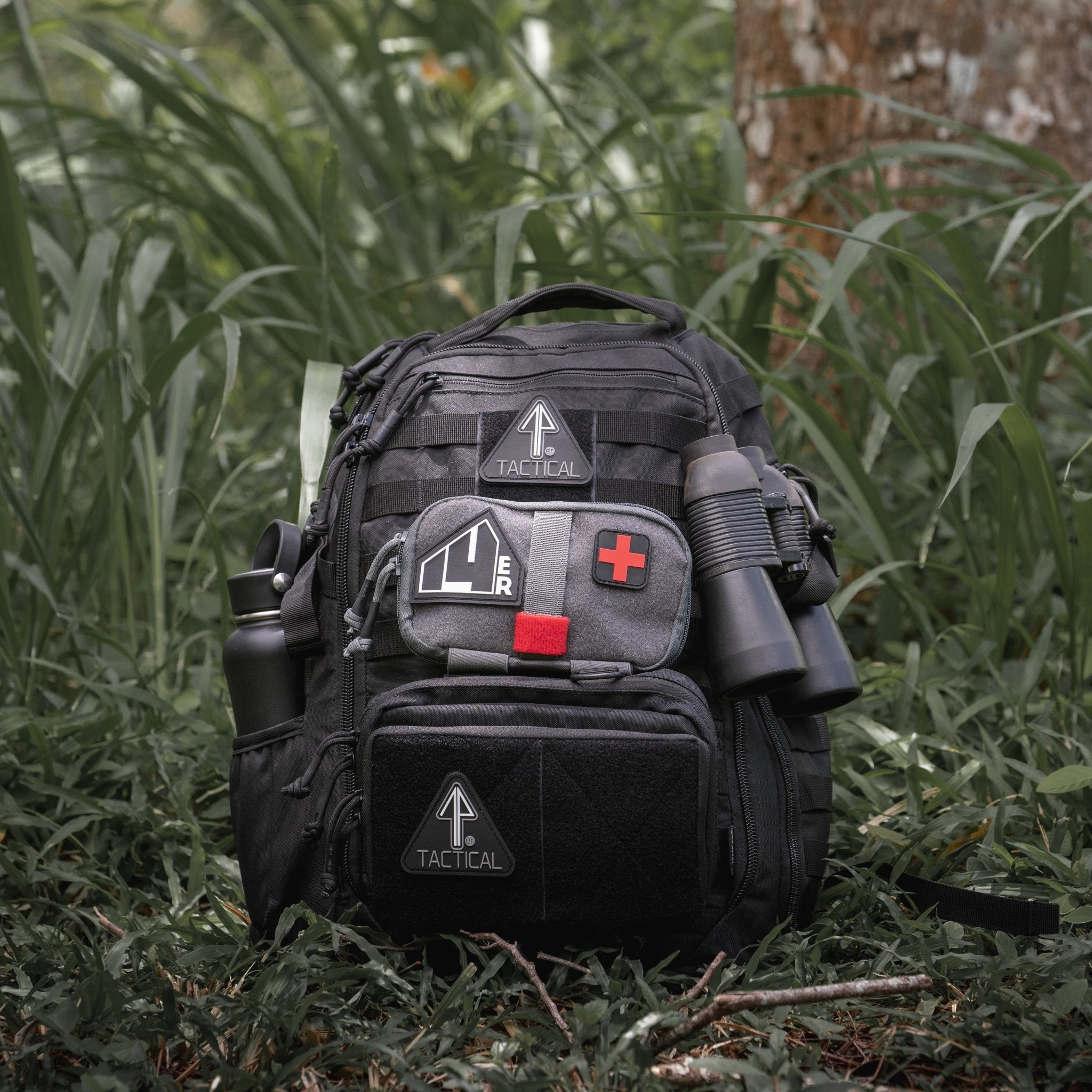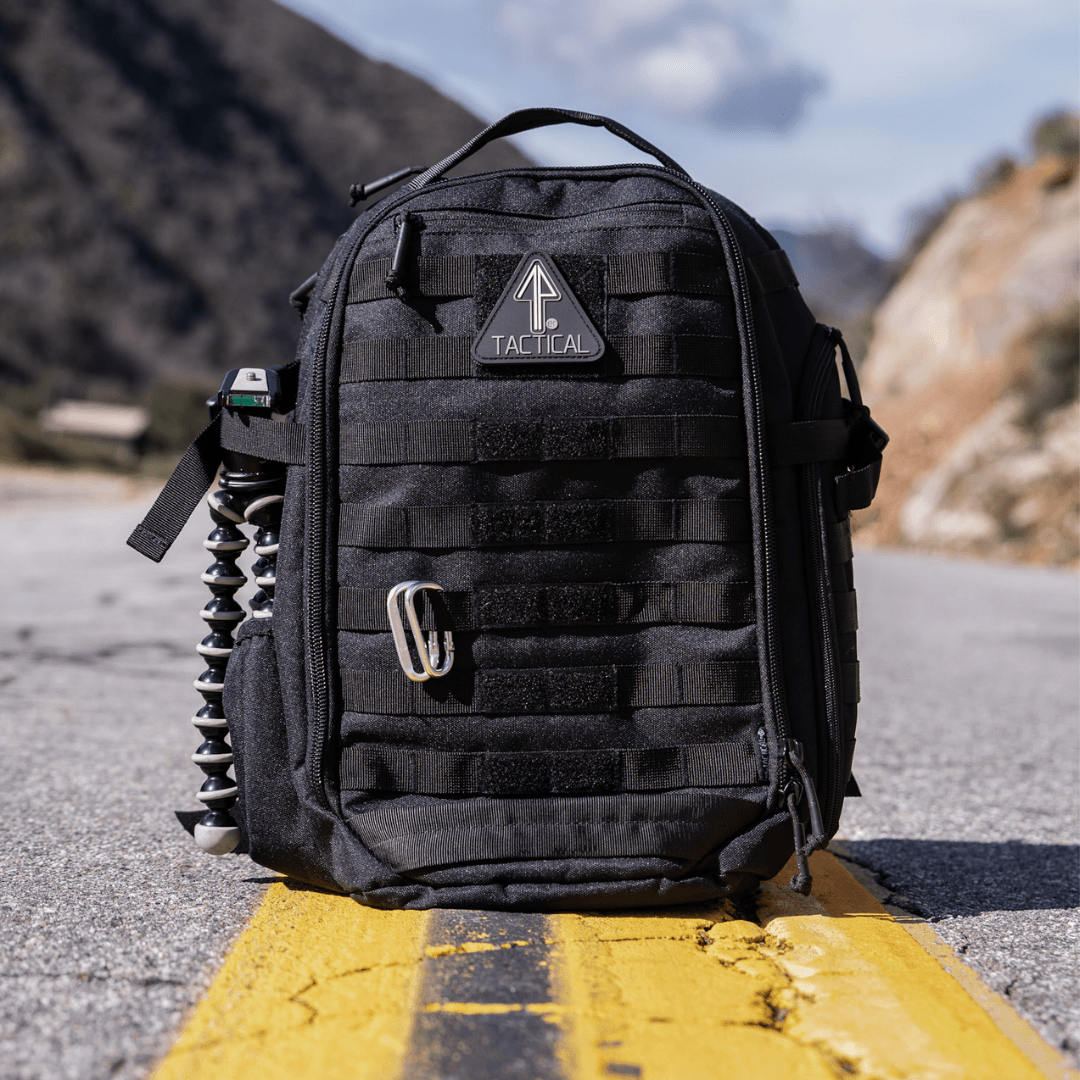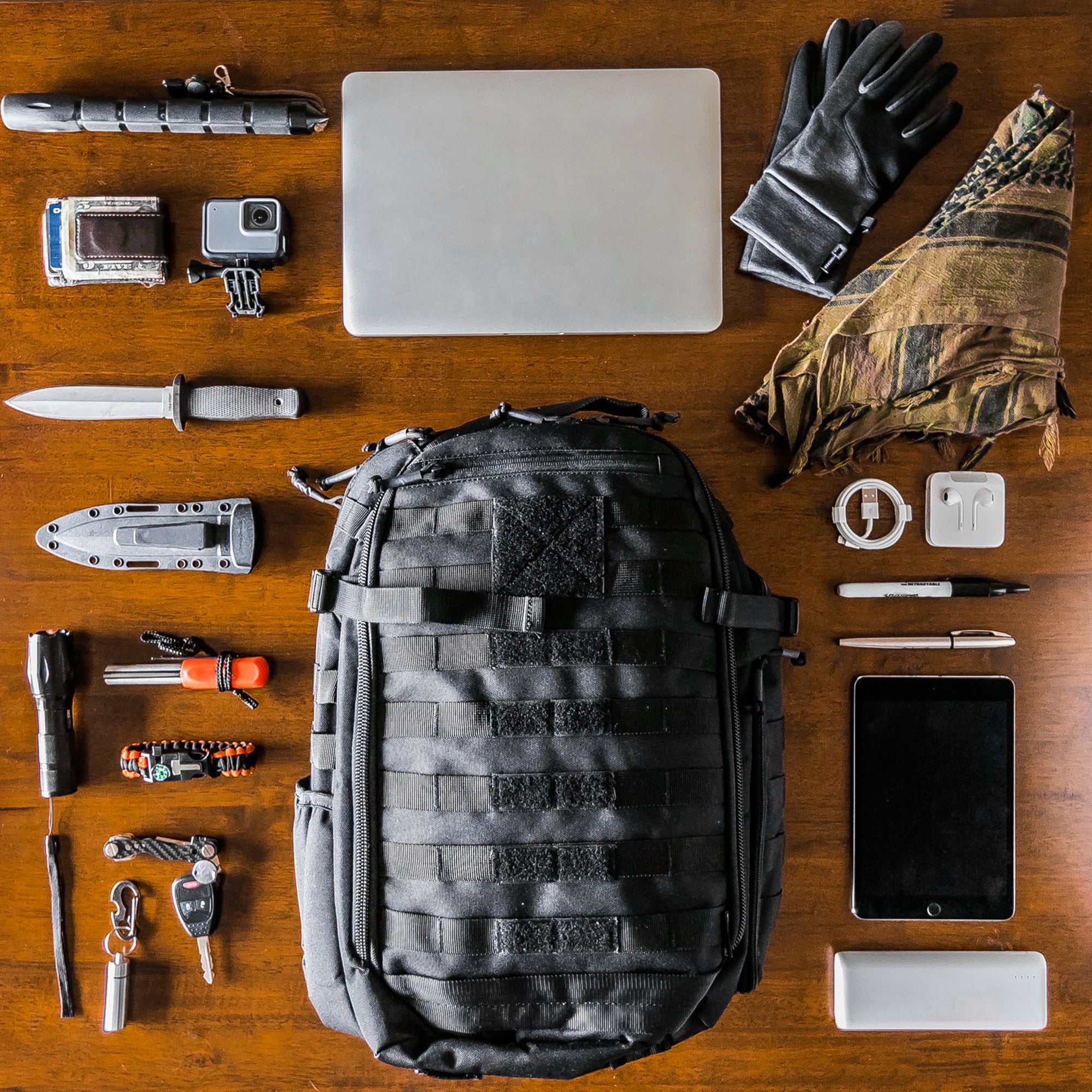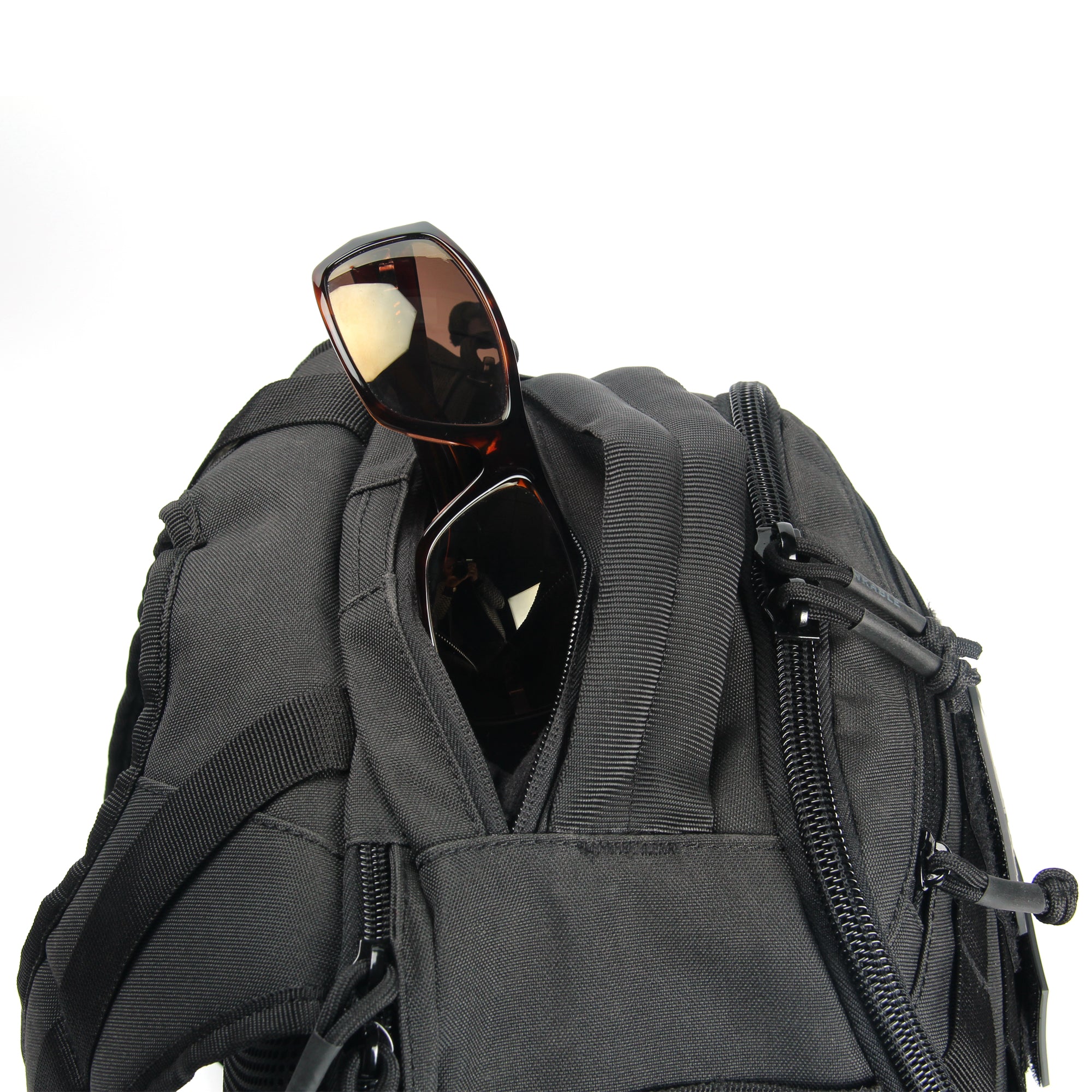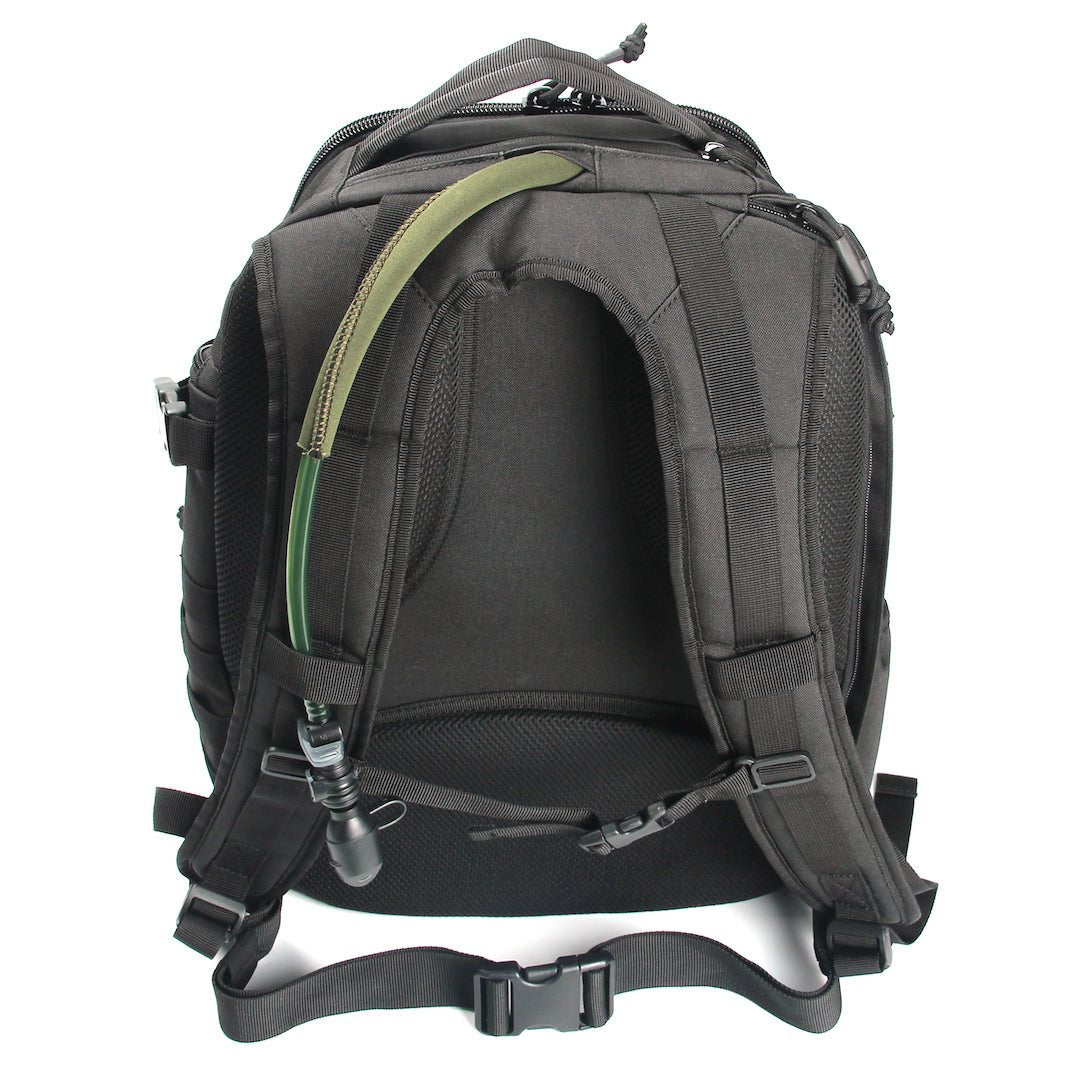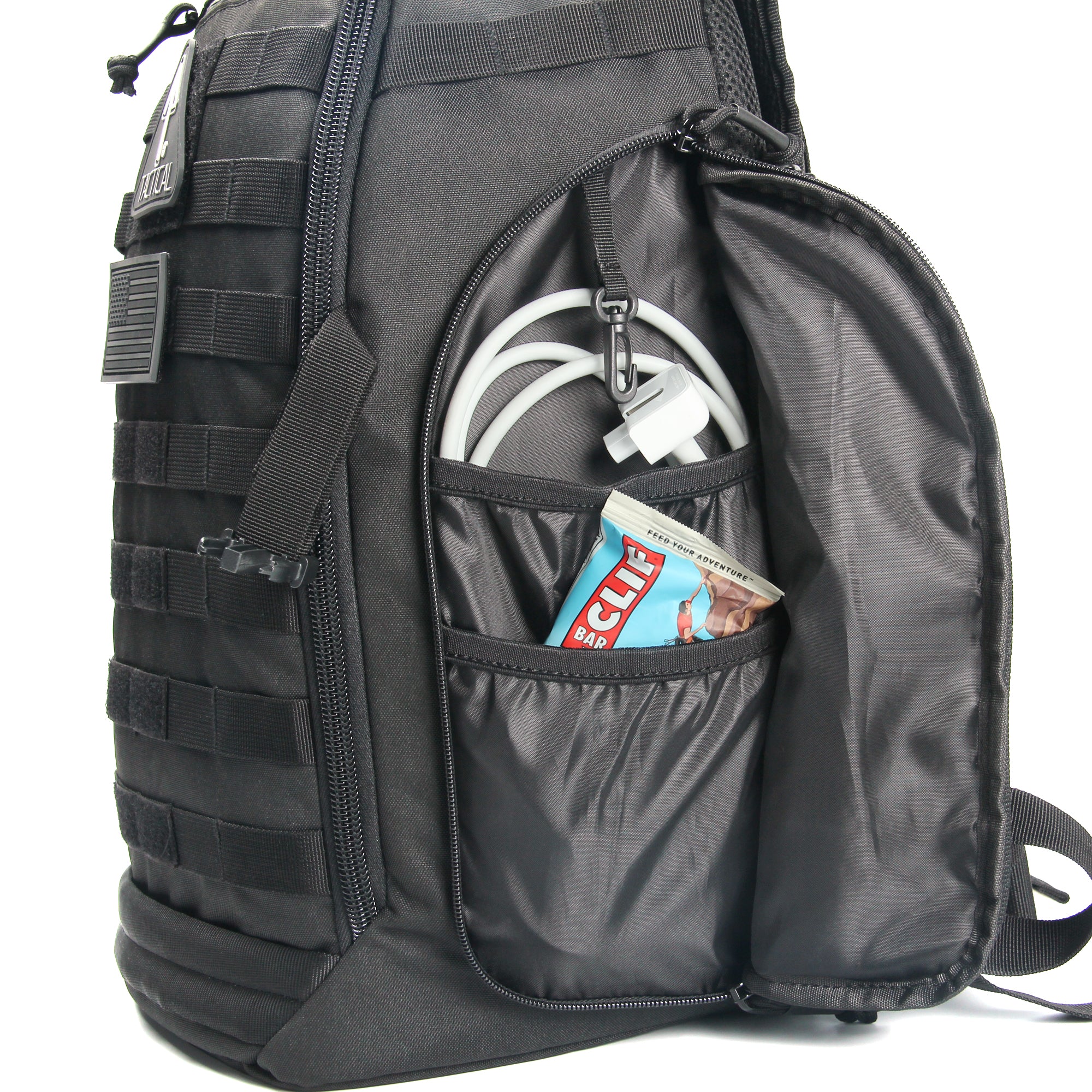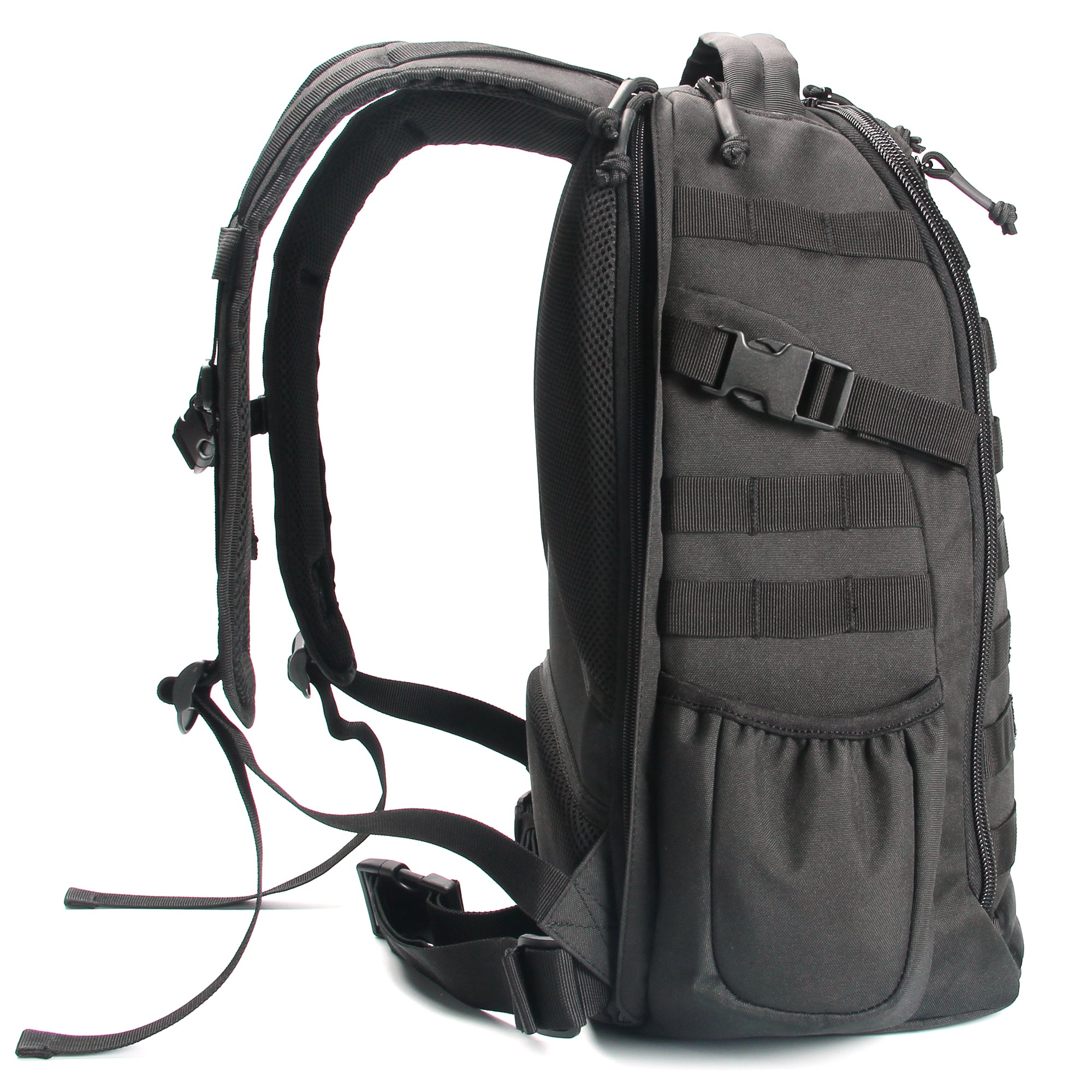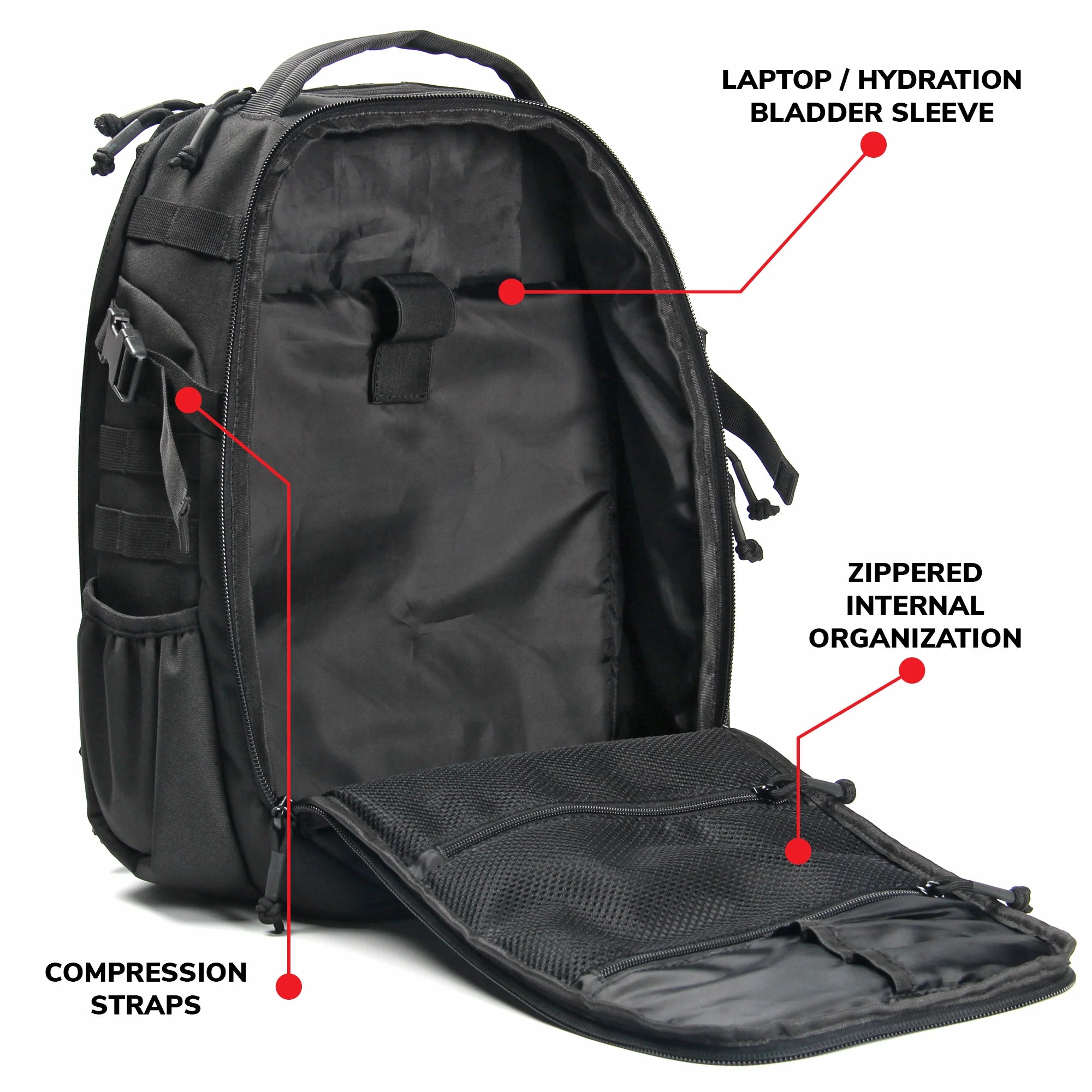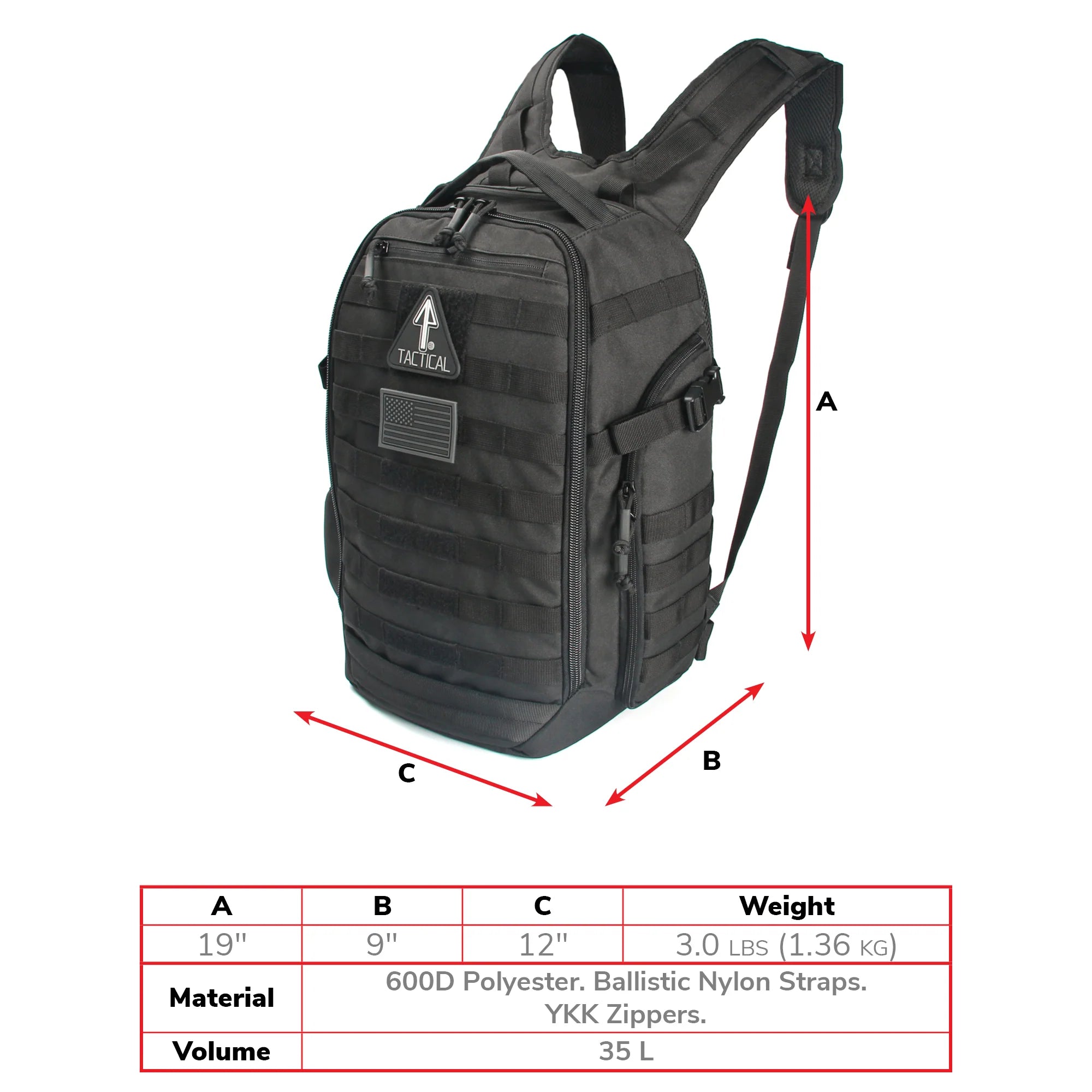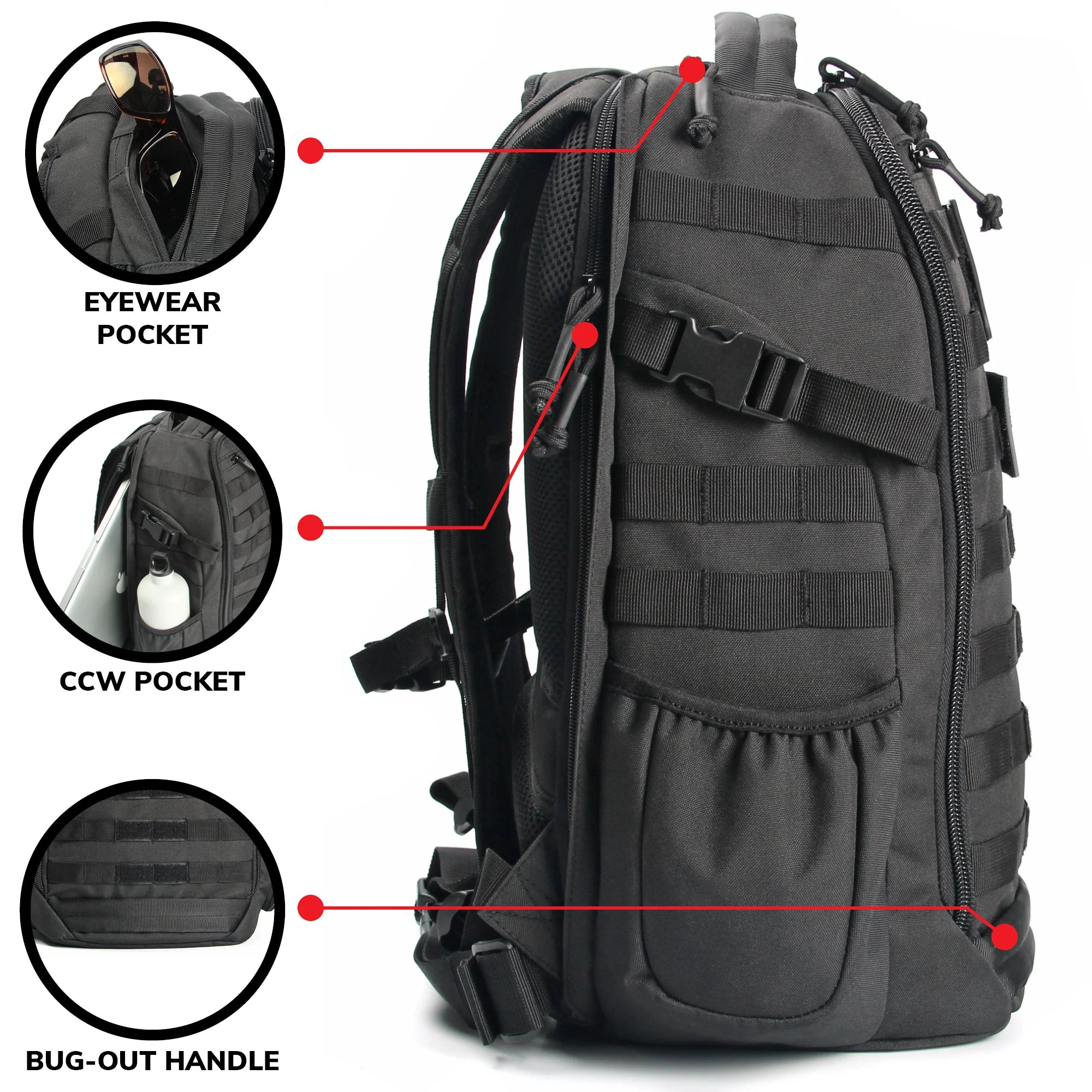You don’t want your gear letting you down. You can be ultra-prepared, your readiness level at an all-time high. But if your tactical gear fails you, then all bets are off. Maybe you can figure out how to achieve your objective somehow. However, it is equally possible that you’ll find yourself at a loss.
Don’t let that happen to you.
Going tactical means being prepared with high-quality gear you can depend on. But you can only ensure their dependability through tactical equipment maintenance. Be aware of what is required to keep your tactical gear functional for the duration of its lifetime. Learn from the US military and how they enforce Army Maintenance Levels for their gear. Understand the basics of field maintenance and how it can benefit you.
Why Regular Tactical Equipment Maintenance Is Crucial
You are certainly familiar with the need for firearm maintenance. A firearm that is not well-maintained is not safe to use. Lack of maintenance can lead to a malfunction or accident that can possibly cause injury.
Other types of equipment can experience critical operational failure as well. An automotive vehicle can stop running, possibly leaving you stranded—certainly unable to get to where you need to be! Some operational failures, like a blown tire, can lead to an accident and possibly endanger your life.
Aside from preventing mechanical failure, maintenance is practical because it enhances the longevity and long-term functionality of tactical gear. Maintenance also helps it retain its resale value! That alone is reason enough to do it!

Learning from the Three Levels of Maintenance in the Army
The US military forces are trained in field maintenance on top of all the tactical skills taught to armed personnel. The two skill sets go hand in hand. Being able to perform at your maximum tactical ability depends on having the right gear, and to ensure that your gear will be functional when you need it, you have to maintain it properly.
The Army Maintenance Levels begin with the operator of the equipment. This first stage is called Operator Level Maintenance or Unit Level Maintenance (ULM). It is key to the effectiveness of an American soldier. The equipment operator must understand how to perform routine checks, services and minor repairs on their gear. By practicing good Operator Level Maintenance, a soldier better maintains operational readiness and their ability to perform their duties on the field.
The second level is called Direct Support Maintenance, a task that is delegated to a support team that is trained in more specialized maintenance work. Field maintenance by a standalone operator has its limits, because that person may lack the advanced tools and in-depth knowledge required. The DSM team will have the more specialized tools, diagnostic equipment and spare parts to do the job, and will also have greater expertise in taking care of gear. Indeed, the team members can generally be considered technicians.
General Support Maintenance is the third level of these Army Maintenance Levels. It is similar to DSM, but has a wider scope and more robust facilities. At this level, the maintenance technicians will have access to the most advanced and specialized tools, diagnostics, parts and support systems. They can perform more complex repairs and services. If DSM is a small auto garage manned by a few skilled workers, GSM is a large auto repair facility with hydraulic lifts and presses, engine hoist, wheel balancer and so on—the whole shebang!

Applying Field Maintenance as a Civilian
Army Maintenance Levels sound great, but how do you achieve something like that as a civilian? You can handle Operator Level Maintenance for sure. But what about the other two levels? You don’t have access to a bigger organization that can offer everything the US Army has!
That may be true, but you can get a team of technicians to provide the higher level of maintenance that you need. We’re referring to a Tactical Equipment Maintenance Facility (TEMF). This is another military term, referring to a specialized hub for equipment support, maintenance, repair, testing and quality control.
Outside of the US Army, a TEMF can be a business that provides the same kinds of services. First, consider your current employer. Could they be in an industry where it makes sense for them to host a TEMF? Law enforcement, emergency services, tactical services and private security organizations are likely to operate their own TEMF for their employees. If you work in any of those industries, you may already have access to a tactical equipment maintenance facility.
You can also try getting service from the equipment manufacturer. Many companies can provide maintenance and repair of products, or else refer you to a business that is certified to provide such services. At 14er Tactical we offer a Lifetime Guarantee on all of our products. If you find some of your gear is broken or out of order, just send us an email and we will make it right. In the case of firearms, you can also find a number of businesses that cater to gun owners by providing maintenance and repair: gunsmiths, custom shops and firearm service centers.

How to Practice Operator Level Maintenance
Of course, tactical equipment maintenance starts with you, the owner and operator. It’s not practical to go to a service center every time you need some maintenance done. It’s tactically sound to know how to do your own maintenance and repair, and only seek outside assistance for jobs that require more advanced tools or higher expertise.
The first step in practicing operator level maintenance is acknowledging that it is your responsibility. Having the right mindset will go a long way to ensure that this crucial task is performed regularly. Then it becomes easy to develop the habit of doing it.
Daily equipment checks are essential. You should check the gear before you use it, every time. A simple visual inspection will suffice much of the time. But at least a couple of times a week, you should test the functionality of your equipment. The more you use a piece of gear, the more likely you are to notice when something’s off about it.
Certain types of equipment, including firearms and vehicles, demand Preventive Maintenance Checks and Services (PMCS). This is a system for determining whether some aspect of the equipment needs attention and servicing. It helps you identify whether something requires replenishment, cleaning, lubricating, parts replacements, and so on.
Next Steps: Maintenance of Tactical Support Equipment
Tactical equipment maintenance doesn’t only apply to firearms and vehicles. Everything you own that you use in the tactical lifestyle should be seen as a candidate for regular maintenance. That includes your personal protective equipment (PPE), shoes or boots, tactical clothing, everyday carry bag and backpack. Clean that tactical backpack regularly!
Overall maintenance of your stuff is honestly a key part of the tactical lifestyle. It’s something that becomes second nature to one who is tactically minded and always prepared. Even morale patches should benefit from regular maintenance.


